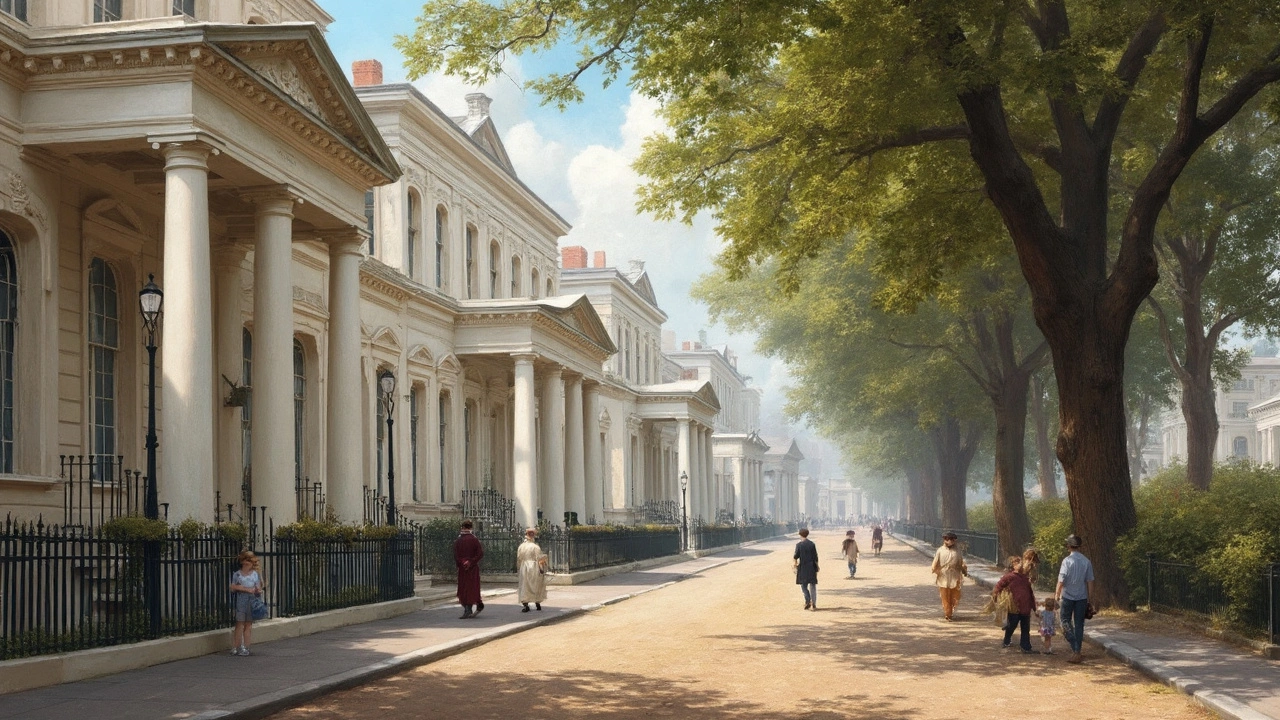Columns: How Architectural Columns Shape Style and Structure
Columns hold more than weight—they tell a building's story. From the squat Doric to the leafy Corinthian, column types signal era, taste, and technology. Knowing a few visual cues makes old façades come alive and helps you spot when architects borrow the past to solve modern problems.
At their core, columns do two jobs: carry load and create rhythm. A load-bearing column transfers weight from roof to ground. Pilasters and engaged columns mimic that look without full structural function. In ancient Rome and Greece, columns supported heavy stone roofs; later styles used columns mainly for looks or entrance drama. That shift explains why a courthouse, bank, or city hall still wears columns—authority and permanence read easily in stone and shaft.
How to identify common column types
Look at the capital (top), shaft, and base. Doric capitals are plain and sturdy; Ionic capitals curl into scrolls; Corinthian capitals explode with acanthus leaves. Tuscan is a simple, unfluted Roman version; Composite mixes Ionic scrolls and Corinthian leaves. Shafts may be fluted (vertical grooves) or smooth. Bases range from simple rings to stacked moldings. If a column is embedded in a wall, it’s a pilaster; freestanding columns often form colonnades or porticos.
Columns also vary by proportion. Doric feels squat and strong, Ionic looks slimmer and elegant, Corinthian is tall and decorative. Architects choose proportions to set mood: heavy columns read solid and serious; slender columns feel refined or decorative.
Where columns appear and why they matter today
You’ll see columns on temples, churches, government buildings, and homes influenced by classical styles—Georgian, Colonial Revival, Renaissance Revival, Beaux-Arts, and even some Baroque facades. Modern buildings adopt columns as symbolic elements: a glass lobby with slim steel columns still references that same idea of entrance and support. Look for columns in entrances, porches, courtyards, and interior atriums.
Want to use columns at home? For a porch, choose Tuscan or Ionic for balanced looks; Corinthian feels formal and needs careful pairing. In renovations, check whether columns are structural before removing them—an old porch beam often hides real support. When preserving historic columns, keep mortar and woodwork dry, and hire a conservation pro for cracking stone or rot.
Columns are easy markers when you study a building. Next time you pass a museum or town hall, glance up at capitals and shafts. Those simple shapes carry history, style, and engineering all at once—read them and you’ll understand more about the place you’re standing in.
Quick checklist when you’re looking: note material (stone, wood, cast iron, steel), count flutes, check for cracks or rust at the base, and see if the column is freestanding or attached. If it’s part of a protected building, contact local heritage before changing it—permissions matter. For repairs, avoid DIY replacements of stone or carved capitals; a masonry conservator or joiner preserves original look and value. Small changes like repainting or replacing a rotten base plank can freshen a column without losing history. Go look closely.

Greek Revival Architecture: Timeless Style and Lasting Influence
Greek Revival architecture has stood the test of time, showing up everywhere from grand public buildings to charming homes across America and beyond. This article explores why this style caught on, what makes it stand out, and how it still influences design today. Expect relatable tips for spotting Greek Revival features, a peek into its history, and practical advice for anyone drawn to its classic look. Whether you're a history buff, home renovator, or just love beautiful buildings, you'll walk away understanding why Greek Revival's appeal never seems to fade.
Read more
Greek Revival Architecture: How a Classic Look Keeps Reinventing Itself
Greek Revival architecture changed the way people designed homes, public buildings, and even small-town courthouses. This style, born from ancient Greek models, spread rapidly across Europe and America in the 1800s, shaping the look of entire neighborhoods. The article shares how Greek Revival took root, key features like big columns and white facades, and why it’s stuck around so long. You'll find out how to spot the real thing versus modern copies and get tips if you’re interested in adding a touch of this style to your own space. Whether you’re a fan of old buildings or just curious about why so many homes look like little temples, there’s something here for you.
Read more